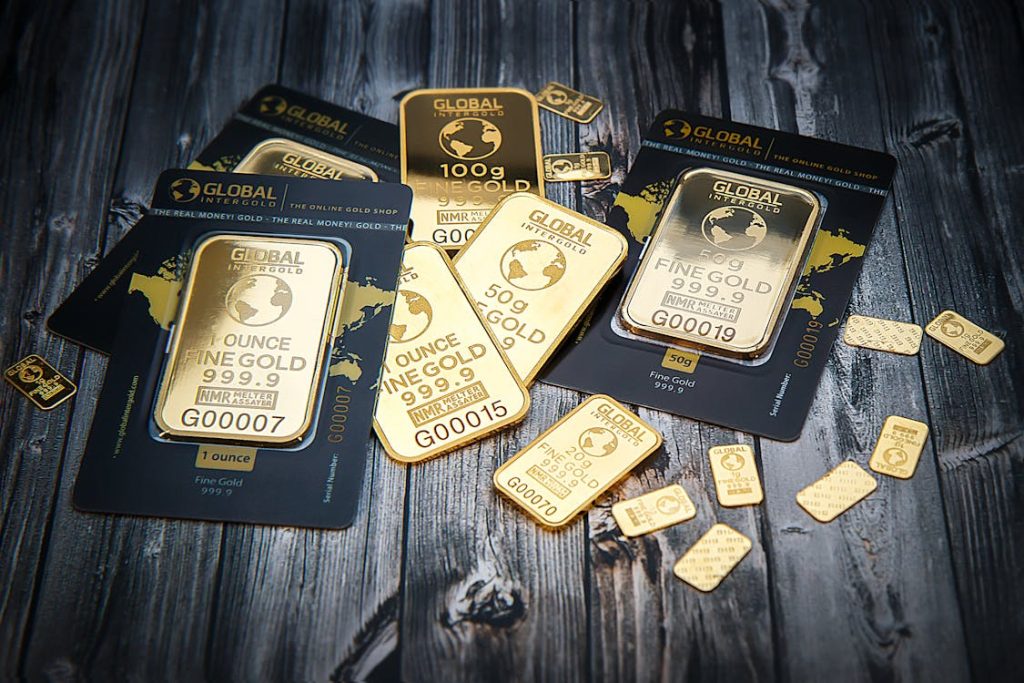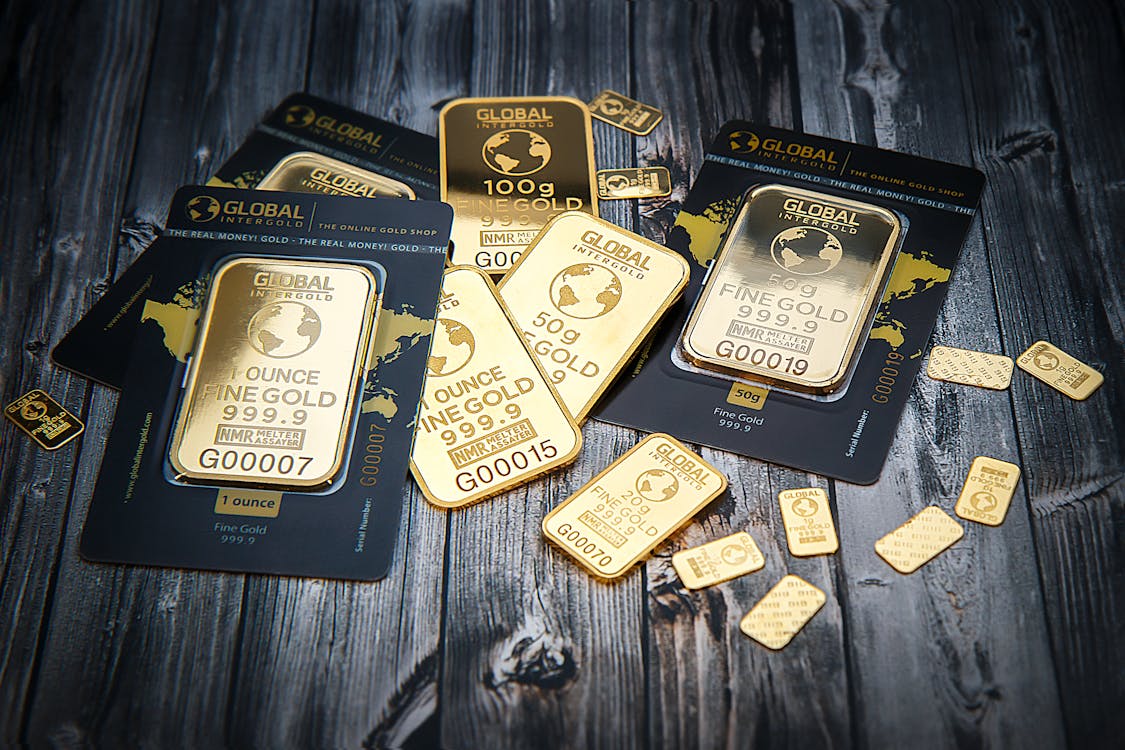Why Gold Prices Go Up and Down: Key Factors Explained
Gold has always held a unique place in the global financial system. While some see it as a hedge against inflation, others view it as a safe haven during economic downturns. But what actually moves the price of gold? Let’s take a deep dive into the key factors that influence the value of this precious metal.

1. Inflation and Economic Uncertainty
One of the primary reasons investors flock to gold is inflation. When the purchasing power of fiat currencies weakens, gold tends to retain its value. This is why during periods of rising inflation—like after aggressive money printing—gold prices often surge. Similarly, economic instability or global crises can drive investors toward gold as a safe, stable store of value.
2. Interest Rates and Monetary Policy
Gold does not yield interest or dividends, so its price is inversely related to interest rates. When central banks, like the Federal Reserve, raise interest rates, assets like bonds become more attractive, and gold may decline. Conversely, during low or negative interest rate environments, gold becomes more appealing due to the lower opportunity cost of holding it.
3. The Strength of the US Dollar
Gold is priced in USD on the global market. A strong dollar makes gold more expensive in other currencies, which can reduce demand and lower prices. On the flip side, when the dollar weakens, gold becomes cheaper internationally, often leading to higher demand and rising prices.
4. Central Bank Reserves and Policy
Central banks around the world hold large gold reserves. When they increase their holdings, it signals confidence in gold, which typically drives up prices. For example, significant gold purchases by China, India, or Russia can influence market sentiment. Central bank selling, however, tends to have the opposite effect.
5. Geopolitical Tensions and Global Risk
During times of geopolitical instability—such as war, diplomatic tensions, or trade conflicts—investors seek assets that hold intrinsic value and are free from political risk. Gold shines in such scenarios, often witnessing price surges as fear escalates in traditional financial markets.
6. Supply and Demand Dynamics
Like any commodity, the price of gold is influenced by its supply and demand. Although gold mining continues globally, the cost of extraction increases over time. Meanwhile, demand from industries like jewelry, electronics, and investment funds plays a role in shaping market behavior. Seasonal trends, such as wedding seasons in India, can also drive demand temporarily.
7. Speculation and Technical Trading
Beyond fundamental factors, gold is heavily influenced by speculative activity. Traders using technical analysis—based on charts, moving averages, and resistance levels—often create momentum that drives short-term price movements. As gold becomes more accessible via ETFs and online brokers, short-term volatility has increased due to speculative flows.

